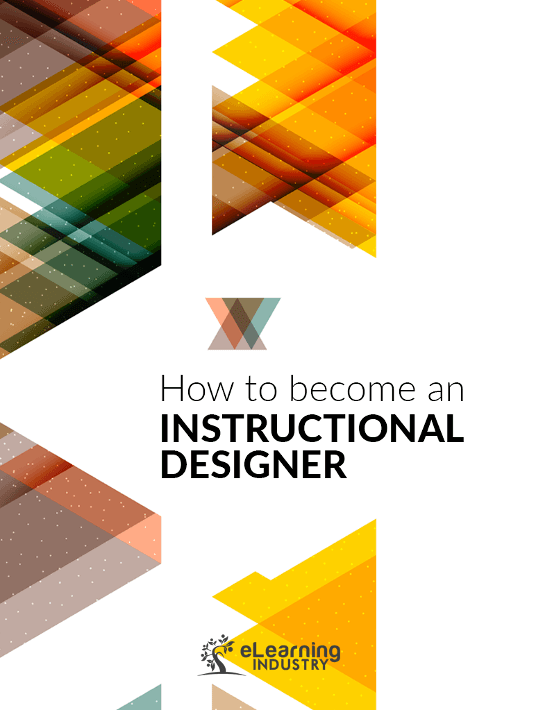Several times a year, I receive an email from a complete stranger who asks how to get a start as an Instructional Designer. Some work in a field like technical writing or teaching. Some are new graduates. What they all have in common, though, is they can’t show me examples of designing and creating instruction.
So, what can they do? Are they caught in the perpetual loop of not being able to get a job because they don’t have the experience and they can’t get the experience because they can’t get a job?
No!
Even if you haven’t worked as an Instructional Designer, you can create a portfolio. It should include at least one finished piece of work, and all the documents leading to that work. Choose a topic you already know something about. The topic of the training isn’t as important as the way it is constructed. But show the “bones”: the curriculum plan, the content outline, the storyboard, and the finished product. Show how you made your instructional decisions. You can use a school assignment, but don’t just stick it in your portfolio and call it a day. Write an analysis of the project; share your instructional philosophy and what you learned.
Your portfolio should include a variety of products: a design for and a section of an instructor-led training, a smidgen of eLearning, a recording of a podcast, or a video. It needs to be clean, easy to navigate, and thoroughly edited.
Becoming an Instructional Designer takes effort and some time. But if you are passionate about learning, and if you want to make a material difference in the lives of people by providing them with the lamp of knowledge, there isn’t a more rewarding or interesting profession!



